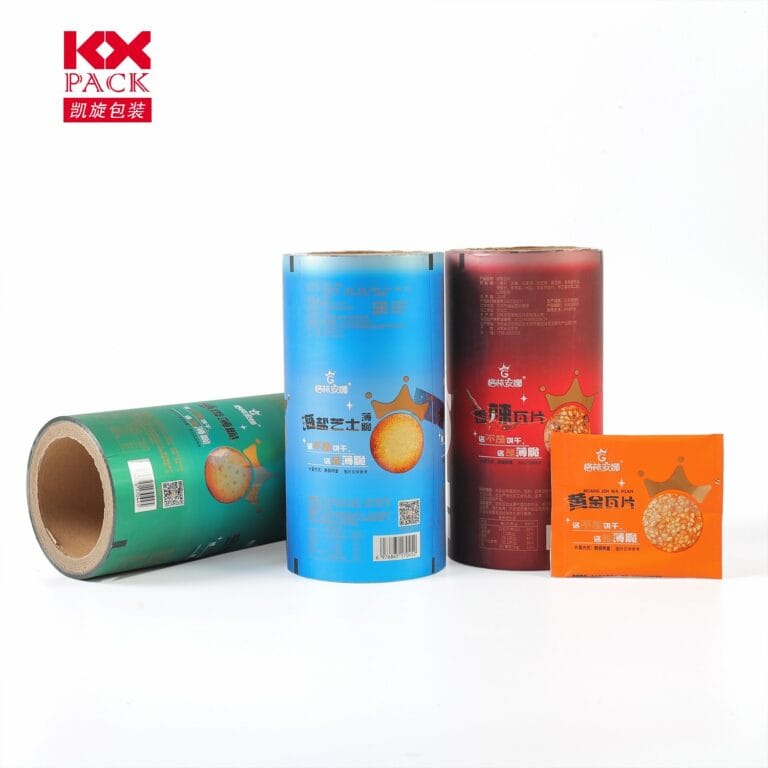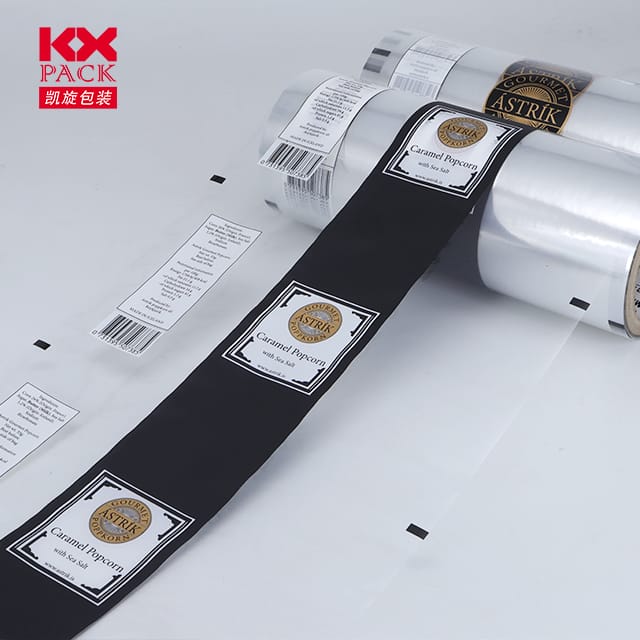Seni dan Sains Percetakan Filem: Dari reka bentuk ke kesan tahan lama (4)
Filem percetakan
In the world of visual communication, Filem berdiri sebagai jambatan serba boleh antara kreativiti dan fungsi. Sama ada anda seorang pereka grafik, pengeluar pembungkusan, atau pencetak tekstil, Memahami peranan dan potensi filem priting dapat meningkatkan projek anda dari biasa hingga luar biasa. Mari kita menyelam ke dunia percetakan filem -jenisnya, aplikasi, faedah, and how it’s transforming industries.
What Is Printing Film?
Priting film, sering disebut sebagai “transfer film” atau “print media film,” adalah nipis, flexible substrate used to transfer images, reka bentuk, or text onto various surfaces. Unlike traditional paper, printing film is engineered to withstand heat, bahan kimia, or physical wear, making it ideal for applications requiring durability and precision.
Types of Printing Film
- Heat Transfer Film: Used in textile printing (Mis., custom T-shirts, sportswear) and hard-surface applications (Mis., mugs, phone cases). Heat presses melt the film’s adhesive layer, bonding the design to the substrate.
- Water-Slide Decal Film: Ideal for ceramics, kaca, or metal. The design is printed onto the film, soaked in water, and then slid onto the surface for a seamless finish.
- Laser/Inkjet Printable Film: Compatible with standard printers, these films allow direct printing of designs for signage, stickers, or overlays.
- Reflective Film: Enhances visibility for safety signs, vehicle wraps, or outdoor advertising.
- Protective Overlay Film: Adds a scratch-resistant or UV-protective layer to printed materials.
Aplikasi di seluruh industri
- Textiles & Apparel: Heat transfer films enable vibrant, full-color designs on fabrics without cracking or fading.
- Pembungkusan: Labels and stickers made from printing film resist moisture, bahan kimia, dan lelasan.
- Automotif & Elektronik: Reflective films or protective overlays ensure durability in high-wear environments.
- Promotional Products: Custom mugs, keychains, or phone cases use water-slide or heat transfer films for branded merchandise.
- Architectural Signage: Laser-printable films create long-lasting outdoor displays.
Advantages of Printing Film
- Ketahanan: Resists fading, scratching, dan kerosakan alam sekitar.
- serba boleh: Works on curved, uneven, or textured surfaces (Mis., kaca, metal, textiles).
- Kecekapan Kos: Reduces waste compared to traditional priting methods, especially for small batches.
- Penyesuaian: Enables intricate designs, gradients, and photographic-quality prints.
- Quick Turnaround: Direct-to-film printing speeds up production for time-sensitive projects.
How to Choose the Right Printing Film
- Surface Compatibility: Ensure the film adheres to your material (Mis., kain, ceramic, plastik).
- Printing Method: Match the film type to your printer (laser, inkjet, solvent) or heat press.
- Environmental Conditions: Opt for UV-resistant or waterproof films for outdoor use.
- Selesai: Berkilat, matte, or textured finishes alter the aesthetic and functionality.
Emerging Trends in Printing Film
- Pilihan Mesra Alam: Biodegradable or recyclable films cater to sustainable brands.
- Filem pintar: Temperature-sensitive or interactive films add functionality to packaging or displays.
- 3D Printing Films: Specialized films enable raised textures or embossed effects for tactile marketing.
DIY Tips for Using Prining Film
- Test First: Always trial a sample on your target surface to check adhesion and color accuracy.
- Layering: Combine multiple films (Mis., reflective base + color overlay) for unique effects.
- Post-Processing: Seal heat-transferred designs with a clear protective film for extra longevity.
Kesimpulan: Printing Film—Where Creativity Meets Function
From personalized apparel to high-visibility safety signs, printing film is redefining how we bring designs to life. Its adaptability, ketahanan, and eco-conscious innovations make it a must-have tool for modern creators. Whether you’re a hobbyist or a professional, exploring priting film opens doors to endless possibilities.
Ready to experiment? Share your favorite printig film projects or ask questions in the comments—we’d love to hear how you’re using this dynamic material! 🎨🖨️
What’s your next printig film idea? Let’s spark some creativity!






